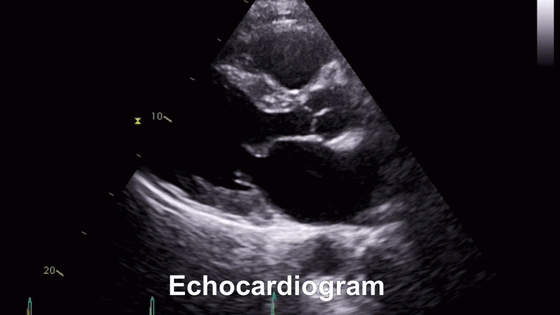Common presenting symptoms:
Breathlessness (often exertional); dizziness; fainting; chest pain; detection of “murmur”
Overview:
Heart valve disease can be congenital or acquired later in life. Using our heart - muscle pump analogy, this hard-working pump continually moves blood forward in one direction with an average output of 4.7 litres per minute (for a normal sized adult). To achieve this marvellous feat of engineering, the heart has 4 built-in heart valves to accomplish the job. There are two valves (tricuspid and pulmonary valves) in the right heart, connected in serial via the lung, to the left heart, which has another two valves (mitral and aortic valves).
Because the lung is a delicate structure of gas exchange, and requires a low-pressure (large surface area) flow system, the right heart, and its tricuspid and pulmonary valves, are usually not under any significant pressure load, and as such they are less common to have primary pathologies - yet they can still be affected by left heart disease or underlying lung disease. On the other hand, the left heart is the main pumping chamber that generates the necessary pressure gradient and output to supply blood, and its vital oxygen and fuel, to all the other organ systems in the body – as such, it is under considerable pressure, and often “wear-and-tear” happens over time.
A valve can be problematic if it fails to open fully (stenosis) causing restricted forward flow, or it may leak (regurgitation) and cause backward flow. The result is persistent pressure-overload (with stenosis) or volume-overload (with regurgitation) of the pumping / receiving chambers, which may present as breathlessness, dizziness/fainting, chest pain, or sometimes palpitation with arrhythmia.
How do we investigate?
Often the first suspicion of valvular heart disease is the detection of a heart murmur. A “murmur” simply means turbulent blood flow in the heart that causes an audible noise. The first step in the investigation pathway is to arrange an appointment to see our highly specialist cardiologists who will take a detailed history and perform clinical examination. Our cardiologists will recommend one or more potential investigative tests such as:-
- Trans-thoracic echocardiography (TTE)
- Trans-oesophageal echocardiography (TOE)
- Cardiac CT
- Invasive left- and right-heart catheterisation
What are the treatment options?
Treatment options depend on a number of factors. The presence or absence of co-existing coronary artery disease may influence the treatment recommendation. In mild and moderate valvular disease, watchful waiting with regular surveillance follow-up is often all that is required to monitor disease progression. This should be carried out with concomitant aggressive optimal medical therapy (OMT) to control risk factors and to treat other co-existing conditions. If heart valve disease is severe, your cardiologist will discuss with you the merit of valve replacement intervention - either percutaneously by transcatheter valve (such as TAVI for aortic stenosis) or by open-heart surgical valve replacement.

